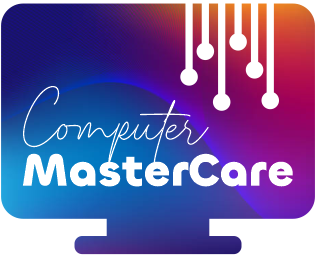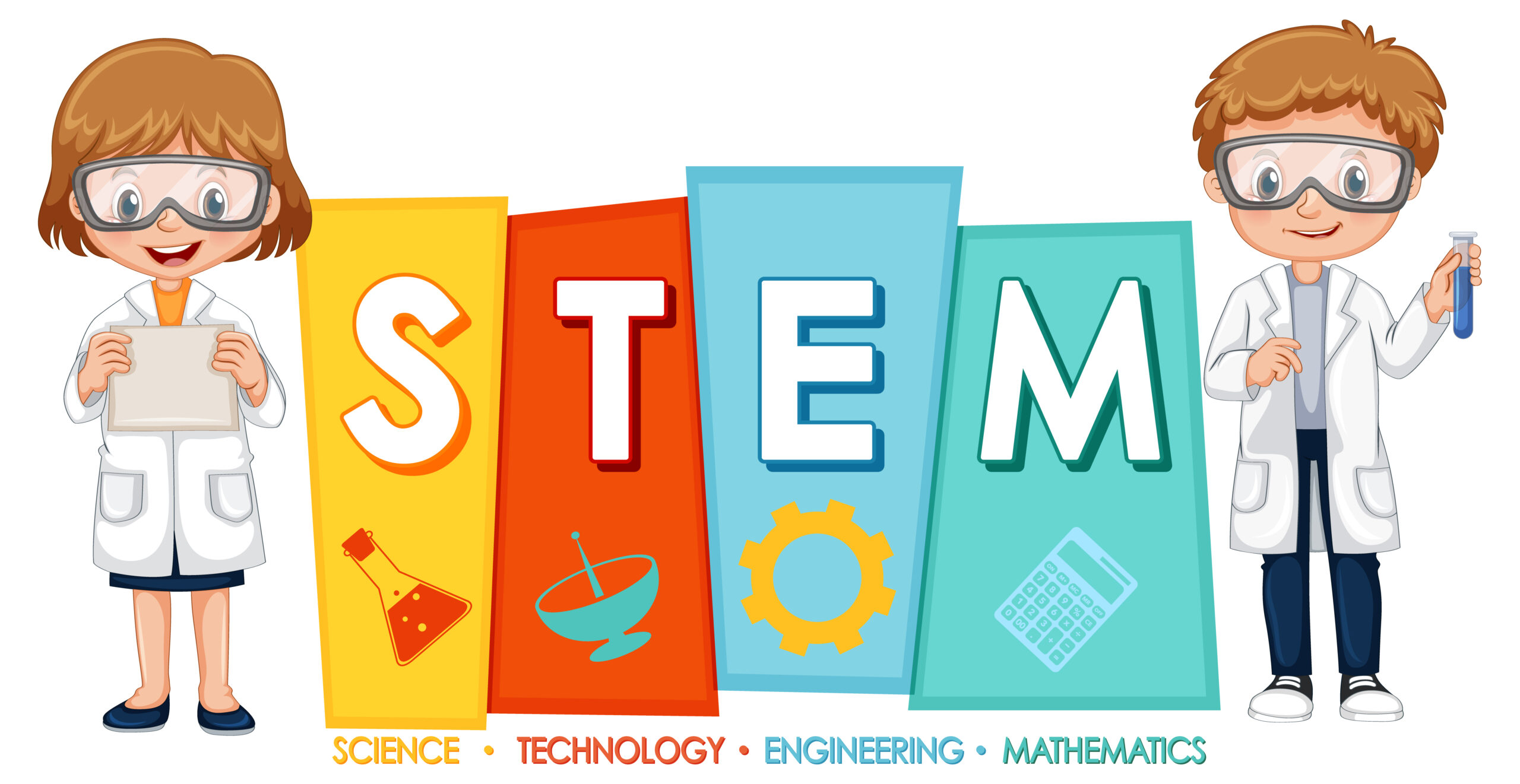Enhancing STEM Education: Preparing the Next Generation of Innovators
In an era defined by rapid technological advancement and global challenges, the demand for skilled engineers, scientists, and technologists has never been higher. Yet, traditional STEM (Science, Technology, Engineering, and Mathematics) education often struggles to keep pace with the evolving needs of industries and society. To bridge this gap, we must reimagine how we teach STEM, equipping students with not only technical expertise but also creativity, adaptability, and ethical awareness. Here’s how we can transform STEM education to empower future innovators.

1. Integrate Real-World Problem Solving
STEM education should move beyond textbooks and standardized tests by embedding real-world challenges into curricula. For instance, students could tackle projects like designing sustainable energy solutions, coding apps to address community needs, or analyzing data to combat climate change. By connecting lessons to tangible issues, students see the relevance of their work and develop critical problem-solving skills. Programs like *FIRST Robotics* and hackathons exemplify this approach, fostering creativity and resilience.
2. Prioritize Hands-On, Experiential Learning
Theory alone won’t prepare students for the complexities of modern engineering. Labs, maker spaces, and project-based learning must become staples of STEM programs. Schools should invest in 3D printers, robotics kits, and coding platforms, allowing students to prototype ideas and learn through trial and error. For example, a school in California transformed its curriculum by having students build solar-powered vehicles, blending physics, engineering, and environmental science into one immersive experience.
3. Forge Industry-Academia Partnerships
Collaboration between schools and tech companies ensures curricula align with industry needs. Internships, mentorship programs, and guest lectures by professionals provide students with insights into cutting-edge trends like AI, quantum computing, and biotechnology. Companies like Microsoft and Google already partner with schools to offer certifications in cloud computing or data science, creating pathways from classroom to career.
4. Embrace Interdisciplinary Learning (STEAM)
Innovation thrives at the intersection of disciplines. Integrating arts, design, and humanities into STEM (creating STEAM) fosters creativity and empathy. For example, a student designing a medical device benefits from understanding user experience (UX) design and ethical considerations. Schools like MIT now blend coding with music production or combine biology with art to spark unconventional thinking.
5. Leverage Emerging Technologies in the Classroom
To prepare students for the future, educators must embrace tools like AI, VR, and machine learning. Virtual labs can simulate complex experiments, while AI tutors offer personalized learning. In rural areas with limited resources, online platforms like Khan Academy or Coursera democratize access to high-quality STEM content.
6. Invest in Teacher Training and Resources
Teachers are the backbone of STEM education. Providing ongoing professional development in emerging technologies and pedagogy ensures they can inspire students effectively. Initiatives like the National Science Foundation’s *Noyce Scholarship* support educators in underserved communities, while platforms like Code.org train teachers to teach computer science confidently.
7. Promote Inclusivity and Diversity
STEM fields suffer from underrepresentation of women, minorities, and low-income students. Schools must actively recruit diverse talent through scholarships, outreach programs, and culturally responsive teaching. Organizations like Black Girls Code and Girls Who Code are paving the way, showing that diversity drives innovation.
8. Cultivate Ethics and Soft Skills
Technologists of tomorrow must navigate ethical dilemmas, from AI bias to data privacy. Courses on tech ethics, teamwork, and communication should complement technical training. Case studies, like debates on facial recognition or gene editing, teach students to weigh innovation against societal impact.
Conclusion: Building a Collaborative Future
Improving STEM education isn’t just about producing engineers—it’s about nurturing well-rounded leaders who can solve global challenges. By embracing hands-on learning, industry collaboration, and inclusivity, we can create a pipeline of talent ready to innovate responsibly.
The responsibility lies with educators, policymakers, and industry leaders to invest in these changes. Whether you’re a teacher revamping your curriculum or a professional mentoring a student, every effort counts. Together, we can ensure STEM education evolves to meet the demands of a dynamic world.
Join the conversation! Share your ideas for STEM education reform in the comments below, or explore partnerships with local schools to inspire future innovators. Let’s build a brighter tomorrow—one experiment, one line of code, and one creative idea at a time.













